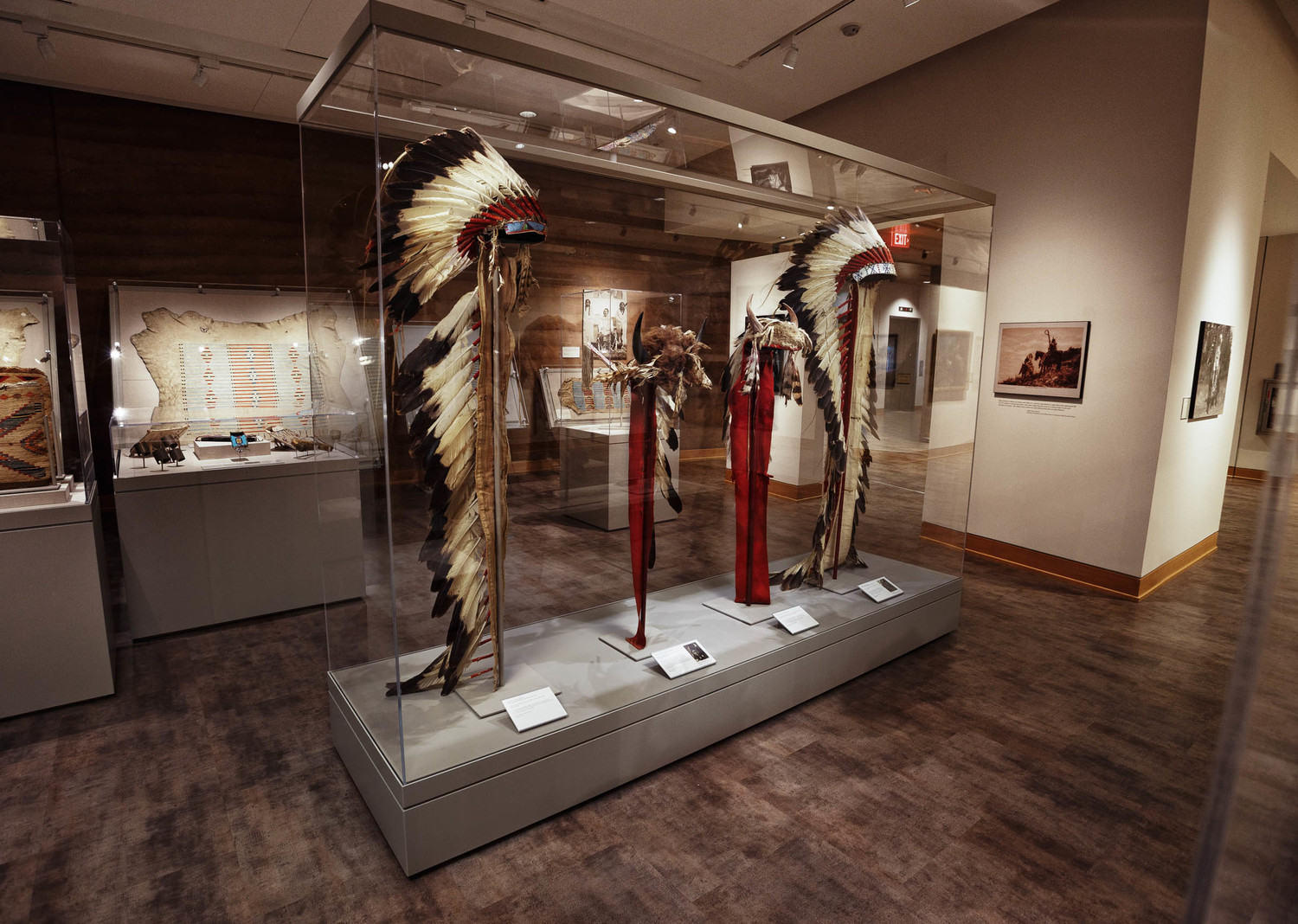In many museums, for example archaeological, ethnological or natural science collections, the pieces are exhibited mainly in a display case with their own lighting.
Planning lighting.
The first task of planning consists of lighting the exposed pieces according to their properties. In certain cases, the plastic form, the structure, the brightness and transparency of the surfaces or the coloring of the exposed pieces may be of particular importance, requiring a correspondingly conceived illumination, be it accentuated, diffuse or of a special chromatic reproduction.
Lighting for pieces
Less delicate materials such as stones and metals can withstand higher illuminances, although to avoid contrast in front of the less illuminated adjoining spaces being too large, a limitation of 300 lux is recommended. Highly sensitive materials, especially books, watercolors or pieces of fabric, should be illuminated with a maximum of 50 lux; this requires a careful balance between the illumination of objects and the environment with a generally reduced part.
Enviroment
The lighting of the tall display cases is made by integrated luminaires. For the lighting of the space and of the low showcases, recessed downlights are used, which have a concentrated radiation characteristic for a better control of the reflections on the glass surfaces of the showcases.
If you want more information about what lighting to choose for your showcases, contact us, our specialists will give you the best alternatives.

